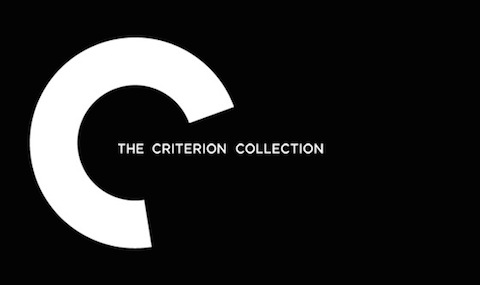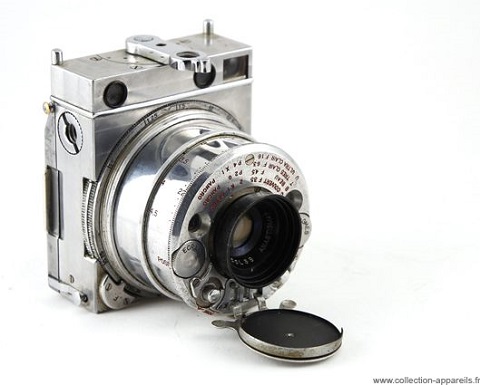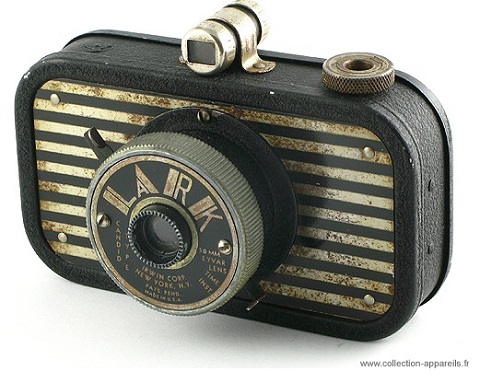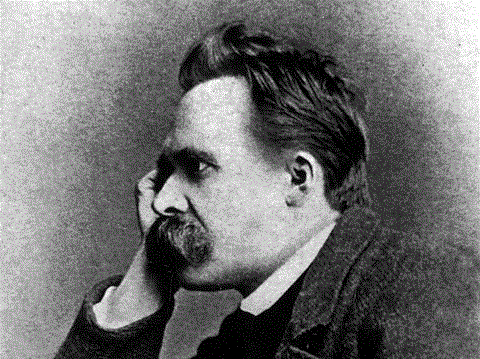
Some of us get our education at film school. More of us get it from The Criterion Collection, that formidably cinephilic restorer, curator, and packager of classic motion pictures from every era. In addition to their elegant, supplementary material-rich home video releases — they’ve put them out on Laserdisc, on DVD, on Blu-ray, streaming over the internet, and will presumably continue to do so on whichever formats come next — they also do intriguing collaborations with the various cultural figures with whom they’ve worked, such as asking them to name their ten favorite Criterion releases. You may recall that, back in June, we featured actor, director, and 1990s “Indiewood” icon Steve Buscemi’s Criterion top ten list, which included such choice pieces of film history as Gus Van Sant’s My Own Private Idaho, Franco-Dutch horror classic The Vanishing, and long-unreleased “faux-documentary” Symbiopsychotaxiplasm.
Of the many more lists criterion.com offers, you can find this surprisingly classic-oriented one from Richard Linklater, maker of films like Slacker, the Before Sunrise/Before Sunset/Before Midnight trilogy, and this year’s Boyhood (and another architect of Indiewood):
- Andrei Rublev (Andrei Tarkovsky)
- Au hasard Balthazar (Robert Bresson)
- The Flowers of St. Francis (Roberto Rossellini)
- Day of Wrath (Carl Theodor Dreyer)
- Tokyo Story (Yasujiro Ozu)
- The Last Temptation of Christ (Martin Scorsese)
- Unfaithfully Yours (Preston Sturges)
- Fanny and Alexander — The Television Version (Ingmar Bergman)
- Pickpocket (Robert Bresson)
- I Know Where I’m Going! (Michael Powell and Emeric Pressburger)
Or this one by four members of the New York no-wave rock band Sonic Youth, who turned the whole top-ten list concept up to twelve, giving their props to Ozu like Linkater and The Vanishing like Buscemi (“It gets veeerrry weird,” adds guitarist Thurston Moore):
- Floating Weeds (Yasujiro Ozu)
- Jeanne Dielman, 23, quai du Commerce, 1080 Bruxelles (Chantal Akerman)
- Ali: Fear Eats the Soul (Rainier Werner Fassbinder)
- Masculin féminin (Jean-Luc Godard)
- Double Suicide (Masahiro Shinoda)
- The Vanishing (George Sluizer)
- Mamma Roma (Pier Paolo Pasolini)
- Black Orpheus (Marcel Camus)
- Ace in the Hole (Billy Wilder)
- Night on Earth (Jim Jarmusch)
- Fat Girl (Catherine Breillat)
- Days of Heaven (Terrence Malick)
Or lists from vital creators who have more recently arrived on the scene, such as this one from Tiny Furniture director and Girls creator Lena Dunham, an inveterate fan of Agnès Varda (who “manages to be both deeply emotional and utterly in control of the technical elements of filmmaking [ … ] that had seemed to me to be an impossible line to straddle, and she does it so beautifully”). She also makes room for Malick’s Days of Heaven, (also a pick of Sonic Youth’s Kim Gordon), two from Fassbinder (also a director of choice for Sonic Youth’s Lee Ranaldo), and one from Bergman (who should make everyone’s favorite-films lists, but also made Linklater’s):
- Fish Tank (Andrea Arnold)
- Days of Heaven (Terrence Malick)
- Broadcast News (James L. Brooks)
- Weekend (Andrew Haigh)
- La Pointe Courte, Cléo from 5 to 7, Le bonheur, and Vagabond (Agnès Varda)
- The Marriage of Maria Braun and Ali: Fear Eats the Soul (Rainier Werner Fassbinder)
- Picnic at Hanging Rock (Peter Weir)
- Straw Dogs (Sam Peckinpah) and Dead Ringers (David Cronenberg)
- Through a Glass Darkly (Ingmar Bergman)
- The War Room (Chris Hegedus and D. A. Pennebaker)
D.A. Pennebaker, by the way, has his own Criterion top ten list, as do other filmmakers named here, like Andrew Haigh and Martin Scorsese. But this leaves me with one burning question: if directors like Ozu and Fassbinder had lived to see The Criterion Collection, which volumes would they have put on their own DVD shelves?
Enter the complete collection of Criterion Top Tens here.
Related Content:
4,000+ Free Movies Online: Great Classics, Indies, Noir, Westerns, Documentaries & MoreSteve Buscemi’s Top 10 Film Picks (from The Criterion Collection)
A Young Jean-Luc Godard Picks the 10 Best American Films Ever Made (1963)
Martin Scorsese Reveals His 12 Favorite Movies (and Writes a New Essay on Film Preservation)
Colin Marshall hosts and produces Notebook on Cities and Culture and writes essays on cities, language, Asia, and men’s style. He’s at work on a book about Los Angeles, A Los Angeles Primer. Follow him on Twitter at @colinmarshall or on Facebook.












